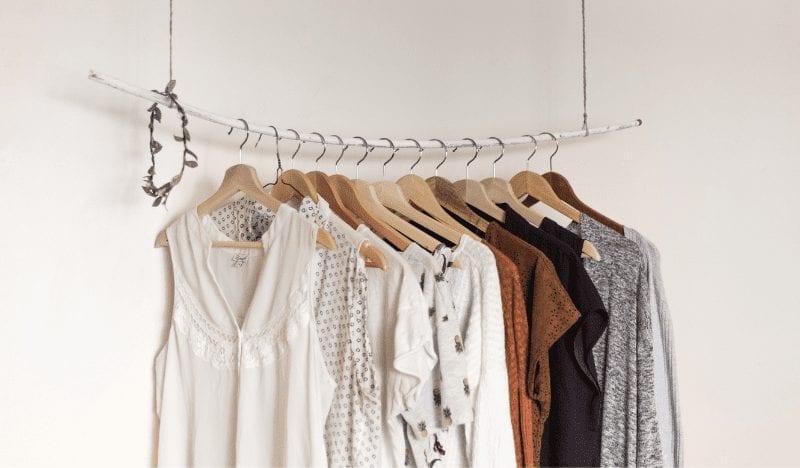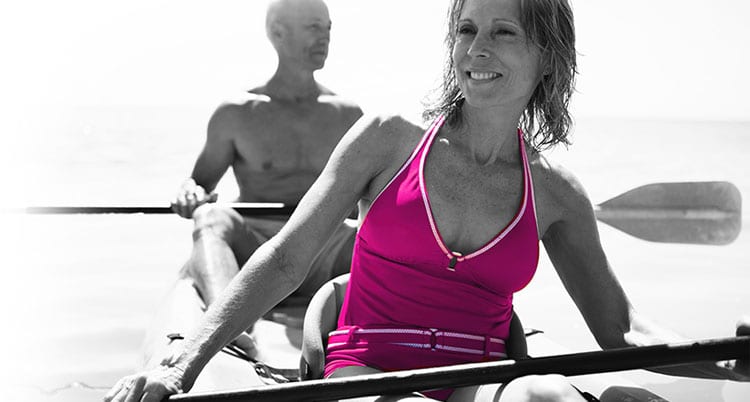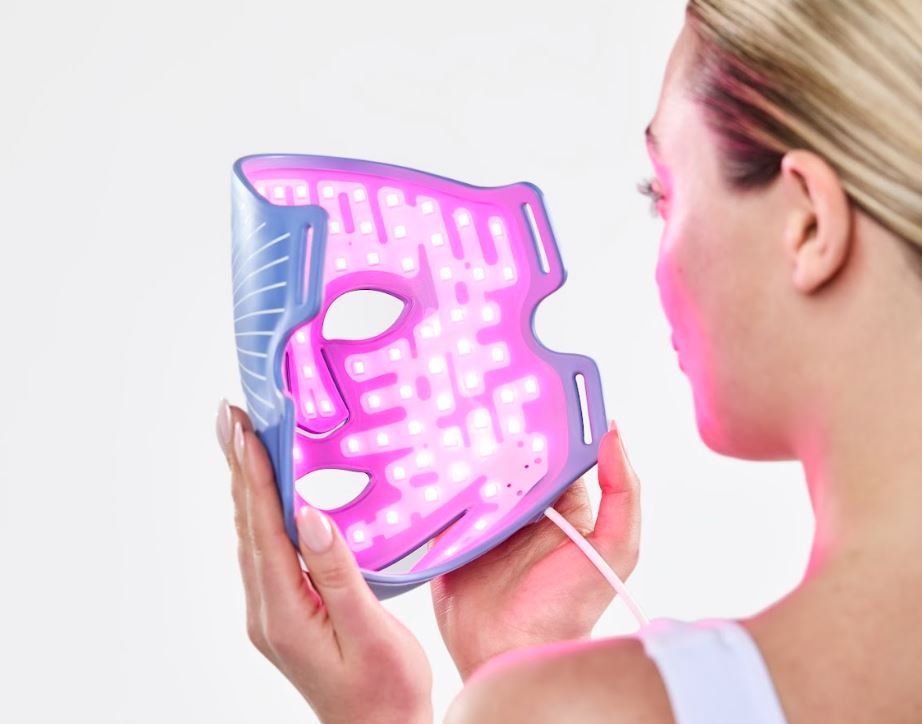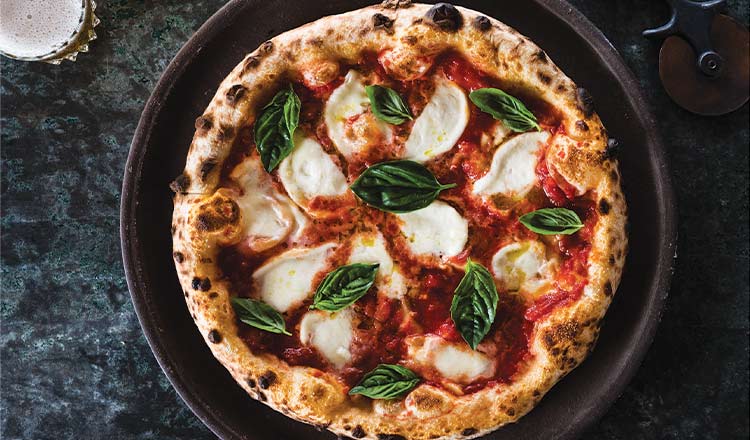Well, it isn’t easy. There are so many temptations all around us; as humans we like to choose the easier way out. Once we do decide to change our habits, then it is even harder – since we are creatures of habit, creating new ones can be difficult.
Why is it that when we decide to be on a healthy diet, we crave chocolate and then be tempted to eat it? This leaves us feeling like it’s impossible to eat healthy for an extended period of time. There are a few reasons why changing habits may be more difficult than you think, involving more than a strong will. In terms of our bad eating habits, if we have been exposing our bodies to processed foods and high sugar, giving up will be the same as giving up an addictive drug. However, beyond are other factors that will contribute to our failure or our success.
Let’s take an example of consuming alcohol on a daily basis for relaxation, as we know that daily consumption of alcohol is not ideal for our body.
- Recognise how the habit is serving us. For example, if you are stressed from work and need alcohol to relax, then the alcohol is a stress relief. There is no need for alcohol as such; stress relief can be achieved by exercise, meditation or a massage.
- Ask why you need to give it up. It needs to be something that is important to you, such as your children, so they can have a healthy parent around for a long time. It can be your partner, so you can connect on a deeper level, or anything else that is of significance to you. Find your ‘Why?’
- Be aware of how the habit is detrimental to your wellbeing. Being aware of the damage that alcohol inflicts on your body if consumed on a daily basis may warrant you to rethink the habit. Once you have awareness of why you have created the habit and why it isn’t serving your wellbeing, and you have decided to change it, then the following points will allow you to succeed in establishing new healthier habits:
- Commit to one habit only. For example, if your habit of choice is to start running as a form of exercise, then that is all you are choosing; don’t think about your diet and how you need to lose weight, give up sugar and so forth. Just commit to the habit of running.
Will give you an example of a client of mine, a thirty-two year old mum of two children, who wanted to get fit and healthy. She didn’t exercise apart from gentle walking; her goals were to lose weight and give up her social smoking. If I had asked her to start eating differently, stop smoking and start her running, there are too many habits to break at once. So we decided that we would reach our goal of five kilometres run by six weeks. My urban woman runs beginner program accomplishes this and is easy to achieve.
Urban Woman Runs
◊ Walk fifteen minutes three times a week for one week
◊ Walk fifteen mins, with a five minute jog at the end of the walk, three times a week
◊ Walk fifteen mins, with a ten minute jog at the end of the walk, three times a week
◊ Walk fifteen minutes, then fifteen minute jog, three times a week
◊ Walk ten minutes, then jog twenty minutes, three times a week
◊ Walk five minutes, then jog thirty minutes, three times a week
- Don’t choose another habit until the first one is established. Once one habit is established, then it will bring a cascade of events that will make the other habits that need to be changed much easier to achieve. Take my client’s goals of losing weight, running and stopping smoking socially. Once her running was established, she noticed weight loss and was motivated to continue and achieve better results. This made changing her eating habits easier. Then she felt out of breath during her runs when she had smoked the night before at an event, so she decided to stop smoking. She achieved her health goals in three months, which is amazing considering how hard it is to break bad habits.
- Focus on the behaviour, not the outcome. Results are not instant. If you want to lose weight and start eating less, results will not be visible immediately. You may notice that there’s an increase in energy. But sometimes you may even start feeling worse. For example, if you want to quit having so many coffees throughout the day, the initial side effects are less energy, headaches and not feeling well. Not understanding that this is a process, not an instant result, can lead to failure.
- Change your environment. For example, if your goal is to stop eating biscuits at night and you still have them in your cupboard, it will be a very hard habit to break, so you need to change the environment by having a no-junk policy in the house. Same with exercise. If you have a gym membership but you dislike going to the gym, then it will be hard to commit to going. I suggest changing the environment and choosing an activity that you enjoy, such as a dance class, burlesque class or a team sport.
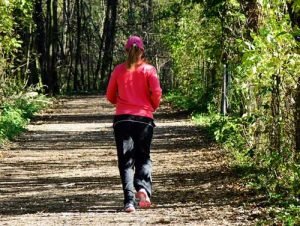
- Replace an old habit with a new, healthier one. For example, if you want to cut gluten from your diet and you always have breakfast with bread, replace the bread with gluten free bread instead of changing the whole breakfast meal. If you catch the bus or drive to work, decide to walk instead.
- Surround yourself with like-minded people. Find a personal trainer; exercise with a friend or colleague. Get someone who is supportive of you and is going to keep you accountable.
- People who succeed visualise the process and their success. Visualise when and how you will start the habit. Visualise how good you’re going to feel once you have achieved your goals and the results that come with it.
- Be prepared to slip back to the old habits. That’s okay, be kind to yourself. It’s very hard to get a new habit established, and it is okay if you go back to the old habit. Just don’t give up – keep going, dust yourself off and start again. I have created a program that I teach at my speaking appointments, especially in the corporate arena, about how to change old habits and be successful at it. The CARE program I have developed has seen many of my clients achieve their goals faster.
- C: Choice. Choosing one habit only. As discussed above, it is essential you choose one goal or new habit at a time.
- A: Action. What actions will you take to create the habit? For example, if you want to start my urban woman runs program. The first action is to take your sneakers to work, so you can walk at lunch or after work; even if you don’t actually walk or run every time, the habit of taking sneakers into work and putting them on will increase the likelihood of running.
- R: Reward. Don’t reward yourself with food that is bad for you, but with an action – by positive affirmations about your effort, having a few hours to yourself, a massage, or anything else that will reward your new behaviour.
- E: Establish. Once you have established the habit, then you can move on to the next goal.
So, think about your health goals. Apply one habit to the CARE plan and let me know how quickly you made progress and your habit was established.
Edited extract from Urban Woman Syndrome (Busybird Publishing $19.95), by Dr Debra Villar, now available at all good book stores and online.





